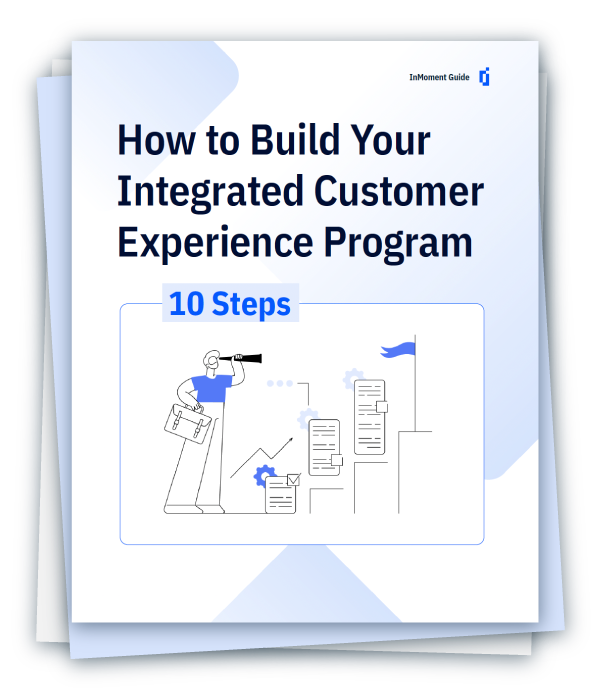The Wrong Way (and the Right Way) to Grow a Customer Experience Culture

In a post-COVID landscape, businesses across the board have struggled to adapt to evolving customer expectations and, therefore, to keep their focus on a customer experience culture. Some have adapted brilliantly, like Foodstuffs and New Zealand Post. Others, not so much.
Looking to the future, we know there is a certain level of change we can expect, and many of these are outside of everyone’s control. Sometimes, this will involve macro factors like economics, politics, or market trends, and sometimes change will involve micro factors like the demands from a new customer segment or employee health and wellbeing. If brands don’t respond to these factors, chances are, they will disappear.
While there are many things we can’t change, there are two things necessary for a customer experience culture that brands can control:
- Establish loyal raving customers
- Make sure your employees are highly engaged
This blog is all about the second factor within our control: making sure your employees are switched on and delivering excellent customer service. We know this will in turn affect revenue, retention, and growth.
According to Diane Gherson, head of HR at IBM, employee engagement drives two-thirds of her company’s client experience scores. That proves what Gherson and her team knew intuitively: If employees feel good about IBM, clients do, too.
Transforming Employee Culture: The Wrong Way
Pearl-Plaza’s Thomas Lorenzo, Sales Director of New Zealand, tells us his point of view on transforming employee culture to be customer-centric.
Did you know that employee engagement has more of a connection with customer satisfaction than sleeping pills have on reducing insomnia? It’s true:
SLEEPING PILLS & IMPROVEMENT IN INSOMNIA: R = .30
EMPLOYEE ENGAGEMENT & CUSTOMER SATISFACTION:R = .43 ¹
Many businesses make the mistake of relying on external data alone to inform their decisions, which trickles down into employee culture. You might know of a brand who is always trying to match what competitors are doing, digging into market data to solve business challenges, and ultimately looking outside the business for the answers.
While these factors definitely have a place, relying on this external data alone isn’t the only way to inform your business decisions. By doing so, your employees are likely to feel disengaged and unmotivated. If employees are not brought along the journey, this could lead to big problems for culture.
So, What is the Right Way To Transform Employee Culture?
The answer to an engaged workforce is to use a combination of data and employee listening. Employees are the lifeblood of your business; therefore, it’s essential to ensure their experiences receive as much attention as customer experiences. To get the most out of your employees, you need to understand their needs and desires including purpose, growth, and satisfaction. Employee feedback is an important part of the data puzzle, and it’s essential to delivering excellent customer experiences.
The data around employee engagement and its impact on revenue has been growing. The Harvard Business Review reported that 71 percent of businesses surveyed ranked employee engagement as “very important” in achieving overall organisational success. Additionally, companies with high employee engagement scores have twice the customer loyalty of companies with average employee engagement levels.
These results reinforce that the success of employee engagement is measured not just by satisfaction scores, but also employee desire to provide a better experience. Employees are people, and people have an innate desire to engage in meaningful activities. It’s no surprise that employees who are invested in the experience of their individual customers not only create a better experience, but engender loyal brand advocates
Paying Attention to Listening Posts and Taking Action
Listening to market, customer, and employee data together is the best way to make informed decisions in an ever-changing business landscape. All of these play an important role in informing the complete picture of the customer and employee journey with your business, and highlight points in the journey that need to be improved or innovated to stay competitive.
Customer Experience Culture Begins with Employees
To learn more about transforming employee culture which in turn changes the employee experience for the better, we recommend that you take a look at this paper “Better CX Begins with Employees”.



